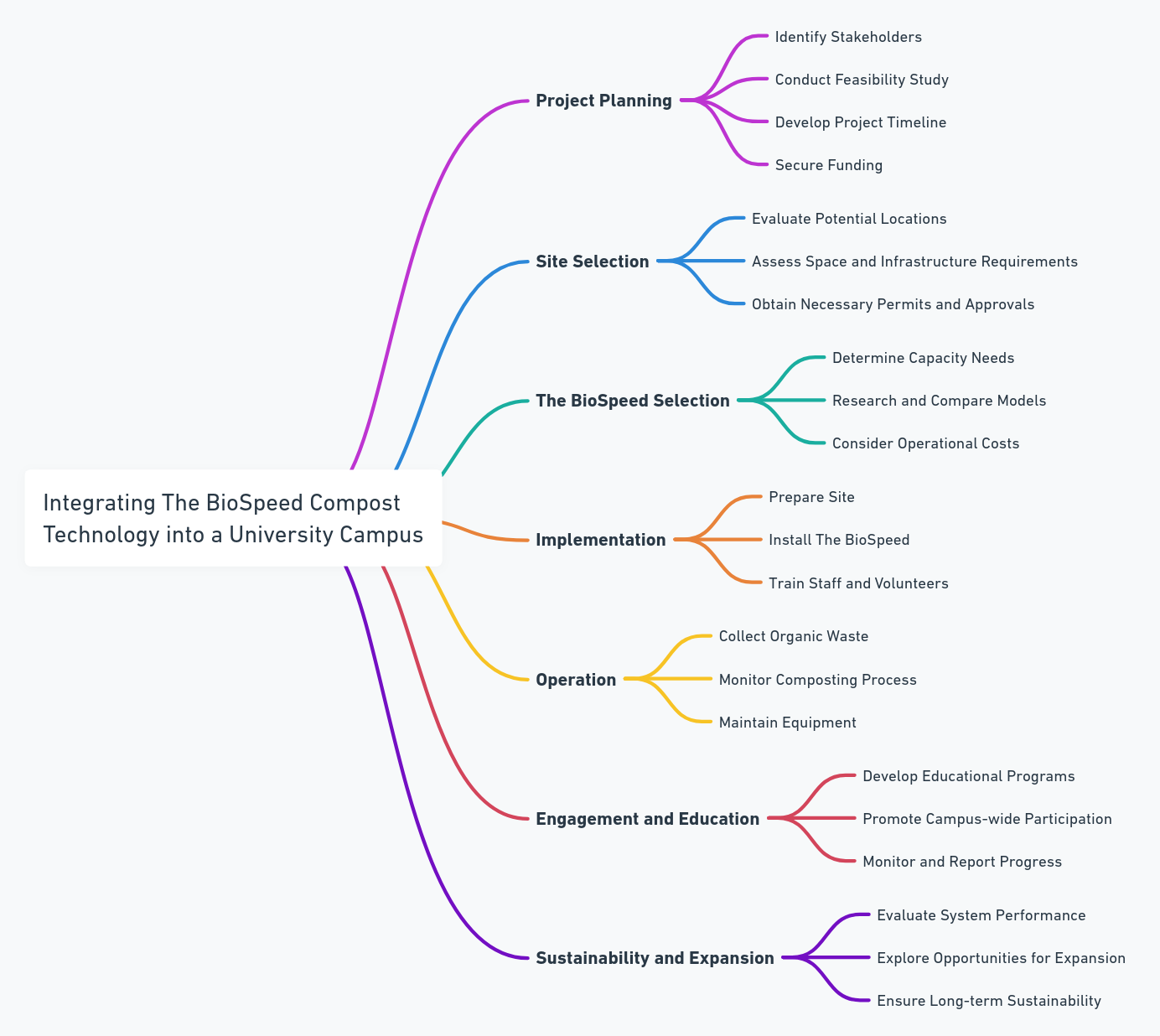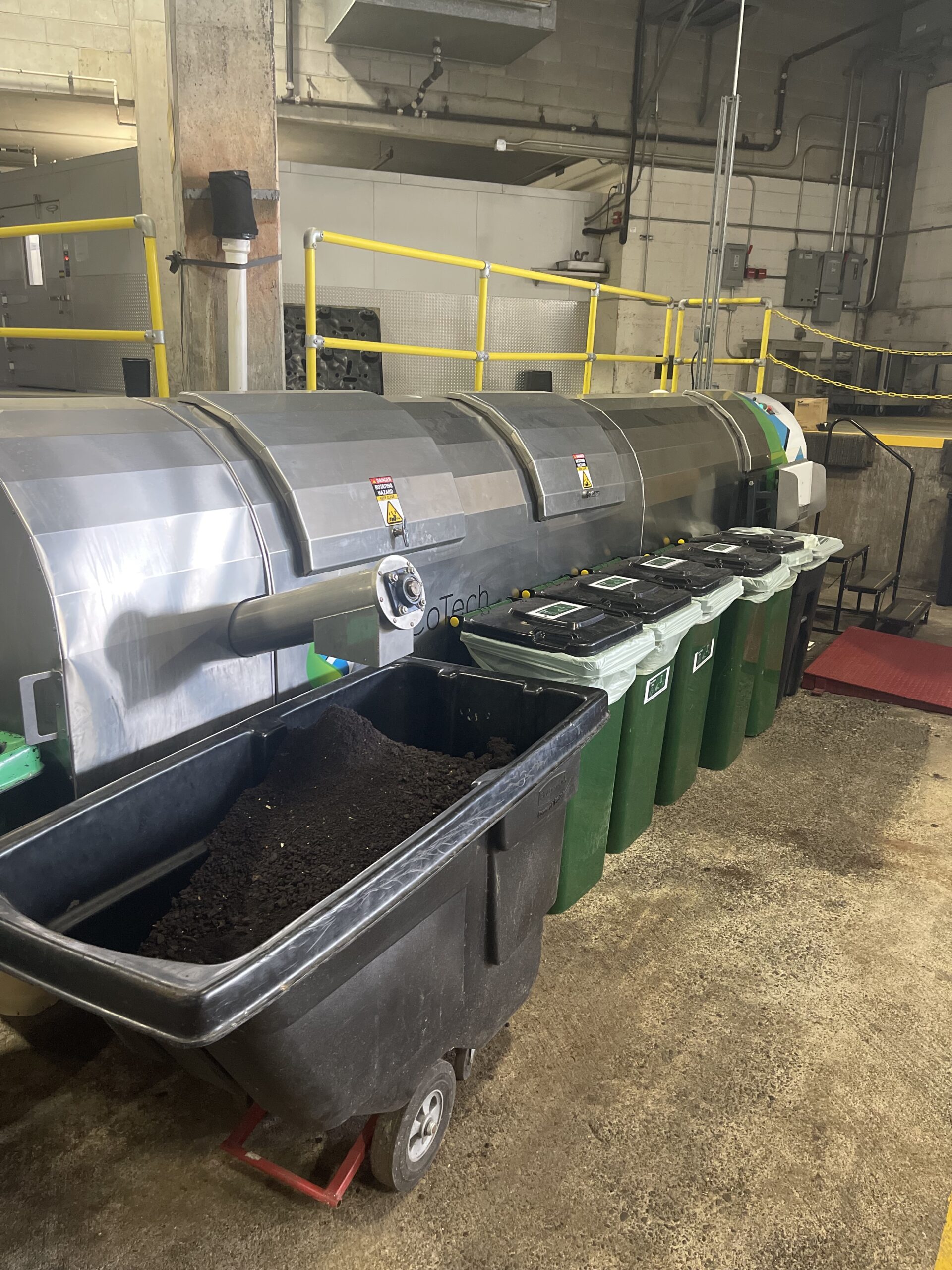” BioSpeed Compost Technology: Revolutionize Your Campus With These 7 Steps”
BioSpeed Compost Technology: Revolutionize Your Campus With These 7 Steps
In today’s rapidly evolving world, sustainability has become more than just a buzzword; it’s a necessity. Universities, as pillars of innovation and education, have a unique opportunity to lead by example in the global shift towards greener practices. One groundbreaking approach that’s setting new standards is the integration of The BioSpeed Compost Technology into university campuses. This isn’t just about waste management; it’s about transforming waste into wealth, fostering community engagement, and paving the way for a sustainable future. Let’s dive into how to implement this revolutionary technology into university campuses, one compost cycle at a time.
1. Project Planning: Laying the Groundwork for Green Innovation
The journey begins with meticulous project planning. Identifying stakeholders is crucial, as it brings together the minds and hearts that will drive the project forward. From students and faculty to administrative staff and external partners, each stakeholder plays a pivotal role in the project’s success. Conducting a feasibility study is next, ensuring that the dream of a greener campus is not only visionary but also viable. Developing a project timeline and securing funding are the final steps in turning the vision into a tangible plan. This phase sets the stage for a project that’s not just about installing a compost machine but about weaving sustainability into the fabric of campus life.
2. Site Selection: Choosing the Heart of Compost Operations
The next step is site selection, a critical phase where the ideal location for the BioSpeed is determined. This involves evaluating potential locations, assessing space and infrastructure requirements, and obtaining necessary permits and approvals. The chosen site will not only house the technology but also become a central hub for sustainability efforts on campus, symbolizing the university’s commitment to environmental stewardship.
3. Compost Machine Selection: Picking the Powerhouse of Sustainability
Selecting the BioSpeed Compost Technology involves more than just choosing a machine; it’s about choosing a partner in the university’s sustainability journey. Determining capacity needs is the first step, followed by researching and comparing models. Operational costs, manufacturing time, and the technology’s alignment with the university’s sustainability goals are all considered, ensuring that the chosen system is efficient, effective, and emblematic of the campus’s green aspirations.
4. Implementation: Turning Plans into Reality
With the planning and selection phases complete, it’s time for implementation. Preparing the site and installing the BioSpeed are monumental steps, but the process doesn’t stop there. Training staff and volunteers is essential, as they are the stewards of this green technology, ensuring its smooth operation and integrating it into the campus’s daily life.
5. Operation: The Heartbeat of Campus Sustainability
The operation of The BioSpeed is where the magic happens. Collecting organic waste, monitoring the composting process, and maintaining the equipment are daily tasks that contribute to a larger purpose: transforming waste into a resource. This phase is about more than just managing waste; it’s about nurturing a living, breathing ecosystem that supports the campus and the environment.
In just 5-10 minutes per day, users can wheel their organic waste to the machine. By following the BioSpeed Daily Checklist and refreshing up on BioSpeed training videos, users can ensure efficient and effective operations.
6. Engagement and Education: Cultivating a Green Culture
Perhaps the most transformative aspect of integrating the BioSpeed into a university campus is the opportunity for engagement and education. Developing educational programs and promoting campus-wide participation are essential for fostering a culture of sustainability. Through workshops, seminars, and hands-on experiences, students and staff are not just informed but also empowered to be active participants in the university’s sustainability efforts.
7. Sustainability and Expansion: Looking to the Future
The final piece of the puzzle is ensuring the long-term sustainability and potential expansion of the composting program. Evaluating system performance and exploring expansion opportunities are crucial for maintaining momentum and building on the successes of the initiative. This phase is about dreaming bigger, aiming higher, and ensuring that the university’s sustainability efforts continue to grow, evolve, and inspire.
(Campus Composting with the BioSpeed M4)
Conclusion: A Call to Action for Sustainable Transformation
The integration of the BioSpeed Compost Technology into university campuses is more than just an environmental initiative; it’s a call to action. It’s a testament to what can be achieved when innovation, commitment, and community come together for a common purpose. This isn’t just about managing waste; it’s about reimagining what a sustainable future looks like and taking bold steps towards it. Universities have the power to lead by example, showing the world that sustainability is not just possible but also practical, impactful, and essential. The BioSpeed is not just changing the game in sustainability; it’s setting a new standard for what it means to be a green campus. The future is green, and it starts with us.


